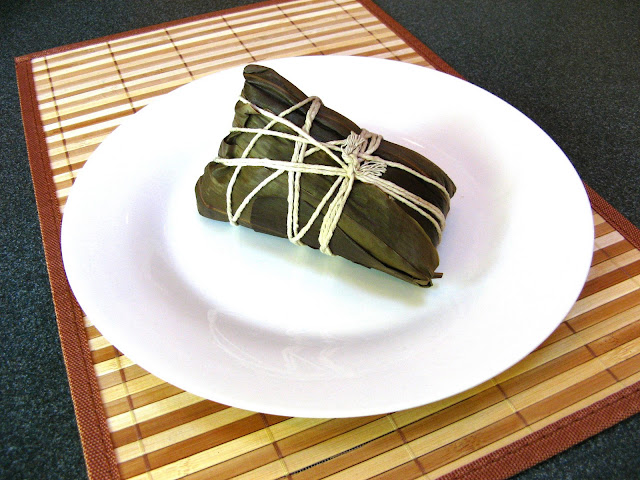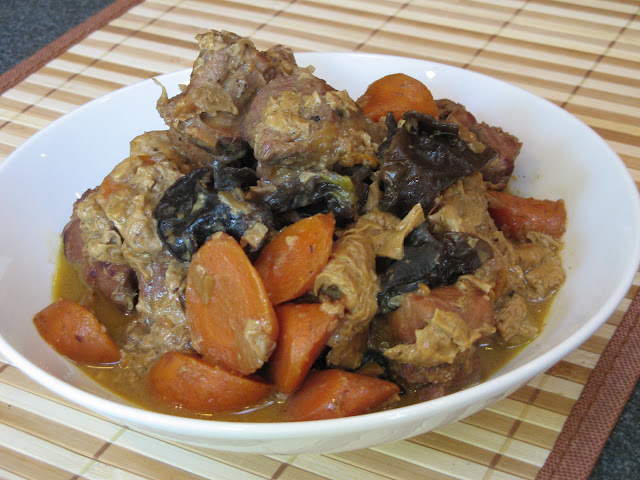This posting was updated on 07 Feb 2016. The title and
opening text were changed.
This is not a recipe, but a technique to reheat a Chinese glutinous
rice tamale. I’ve also heard it referred to in English as a dumpling, but it’s
too huge to be called a dumpling!
So what is a Chinese glutinous rice tamale? Unlike the
tamale you’re probably familiar with consisting of corn husks wrapped around
masa with a meat filling, the Cantonese version consists of bamboo leaves
wrapped around glutinous (sticky) rice with pork belly meat, Cantonese pork
sausage, and a salted duck egg yolk. In addition, you can also find mung beans,
peanuts, chestnut, dried shrimp, Shiitake mushrooms, and other goodies in the
tamale, depending upon the source (usually homemade). There are many other Chinese
regional tamale variations, as well as sweet versions. Whether or not you’re
lucky enough to know someone who makes the tamales themselves (homemade always
being the best) or if you buy the tamales at an Asian market, you’ll need to
reheat them. Here’s a (relatively) fast method to do so.
Enjoy!






